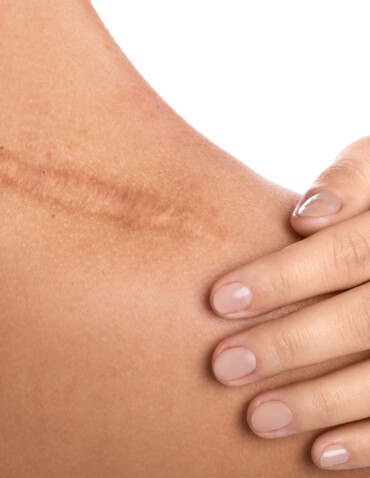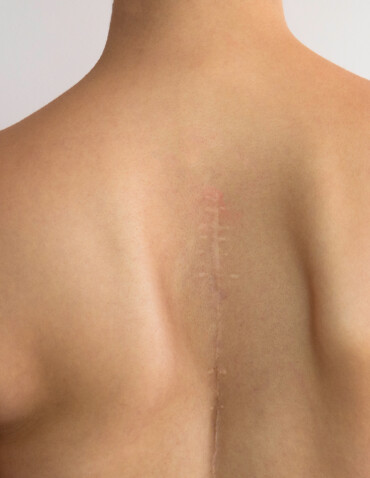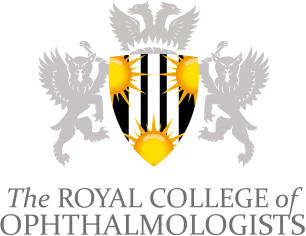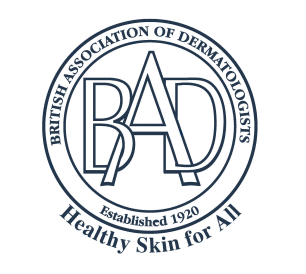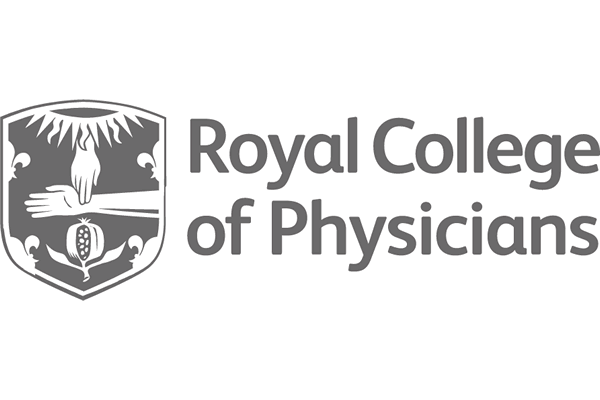Understanding the process of skin healing and regeneration is essential for maintaining healthy skin and managing scars.
The skin is our body’s largest organ, acting as a protective barrier against external elements, regulating body temperature, and playing a critical role in our immune system. Whether you’ve experienced a minor cut, surgery, or skin condition, knowing how long it takes for skin to grow back can help you take better care of your skin.
In this guide, we’ll explore the skin’s healing process, the structure and function of its various layers, and the difference between healing and growth. We’ll also provide insight straight from our team at the London Scar Clinic, a trusted skin health and scar treatment resource.
Skin Structure
The skin comprises three main layers: the epidermis, dermis, and subcutaneous tissue. Each layer has unique functions and components that contribute to the skin’s overall health and healing process.
- Epidermis: The outermost layer of the skin, the epidermis, serves as the primary protective barrier. It consists of multiple sub-layers, including the stratum corneum, composed of dead skin cells that are constantly shed and replaced. The epidermis contains melanocytes, which produce the pigment melanin that gives skin its colour, and Langerhans cells which play a role in the immune system by detecting harmful pathogens.
- Dermis: Located beneath the epidermis, the dermis is a thicker layer of dense connective tissue. It houses blood vessels, nerve endings, hair follicles, sweat glands, and sebaceous glands. The dermis is divided into two sub-layers: the papillary dermis and the reticular dermis. The dermis is crucial for providing strength and elasticity to the skin, supporting wound healing and maintaining skin hydration.
- Subcutaneous Tissue: Also known as the hypodermis, this most profound layer of the skin comprises loose connective tissue and fat cells. It acts as an insulator, helping to regulate body temperature and protect underlying muscles and bones. The subcutaneous tissue also stores energy and provides cushioning for the skin.
Each of these layers works together to ensure the skin remains healthy and can effectively heal from injuries. The epidermis constantly renews itself, the dermis provides essential nutrients and support, and the subcutaneous tissue offers protection and insulation. The skin’s self-renewal is a marvel of nature, constantly regenerating to maintain its health and integrity.
With this understanding of the skin’s structure, we can delve deeper into the healing process and how long it takes for the skin to grow back after an injury.
Understanding these functions highlights the importance of maintaining healthy skin, as it protects and supports various bodily processes. At the London Scar Clinic, we emphasise the significance of these functions in promoting overall skin health and effective scar treatment.
Overview of the Typical Skin Healing Process
The skin healing process can be divided into three main stages:
Initial Inflammatory Response (2-5 days):
When the skin is injured, the body immediately responds with inflammation. Blood vessels having initially constricted to prevent blood loss, then dilate to allow essential healing cells and nutrients to reach the wound. This phase is characterised by redness, heat, swelling, and pain.
Proliferative Phase (New Tissue Formation, 5-20 days):
During this phase, the body produces new tissue to fill the wound. Skin cells, or keratinocytes, are the key players, migrating to the wound site and beginning to multiply. Blood vessels also start to form new connections, and a temporary extracellular matrix is laid down to support new tissue growth.
Remodelling Phase (Strengthening of New Tissue, 3 weeks to several months):
The final stage involves strengthening and maturing the new tissue. Collagen fibres are reorganised, replacing the temporary matrix with a more permanent structure. The skin gradually regains its normal appearance and function, although the process may take several months to complete fully.
Factors Influencing the Healing Time
Several factors can influence how quickly the skin heals, including:
- Age: Younger individuals usually heal faster than older adults.
- Overall Health: Conditions such as diabetes or a compromised immune system can slow the healing process.
- Nutrition: A diet rich in vitamins and minerals supports faster healing.
- Wound Care: Proper cleaning and wound protection are crucial for optimal healing.
- Depth and Size of Injury: Deeper and larger wounds take longer to heal.
Typical Healing Times
Minor cuts and abrasions usually heal within 1-2 weeks. The initial inflammatory response is quick, and new skin cells rapidly cover the wound. In contrast, more severe injuries, such as deep cuts or surgical wounds, can take several weeks to months to heal. These wounds undergo a more prolonged inflammatory phase and require extensive tissue remodelling.
Healing times can vary depending on the location of the injury. For example, wounds on the face may heal faster than those on the legs or feet due to better blood supply and different skin thickness. Areas with thicker skin, such as the palms and soles, may also experience different healing dynamics.
Understanding these aspects of skin healing helps in setting realistic expectations and taking appropriate measures to support the process. At the London Scar Clinic, we provide expert guidance and treatment to enhance wound healing and minimise scar formation, supporting you every step of the way.
Regrowth Timeline After Injury
The skin can completely regrow within a few weeks for superficial injuries, such as minor cuts or abrasions. These injuries primarily affect the epidermis, the outermost layer of the skin, allowing for a relatively quick recovery.
Deeper injuries, which penetrate the dermis or even the subcutaneous tissue, require a much longer period for full skin regeneration. These types of wounds may take several months to heal completely, as the body’s natural healing process needs more time to rebuild the damaged structures and form new connective tissue.
Comparison with Healing
It’s important to distinguish between wound closure and the complete regrowth of healthy skin. While a wound may close and appear healed on the surface within a few weeks, full skin regeneration involves restoring the skin’s structure and function, which can take much longer. This includes the regeneration of all skin layers and the re-establishment of the skin’s protective barrier.
Understanding the differences between healing and regrowth helps set realistic expectations for recovery times and emphasises the importance of proper wound care and skin health practices. At the London Scar Clinic, we focus on both aspects to ensure optimal outcomes for skin health and scar treatment.
Conclusion
Understanding the skin healing process and the time it takes for skin to grow back is crucial for maintaining healthy skin and effectively managing injuries. We have explored the structure and functions of the skin, the stages of healing, and the usual timelines for skin regeneration. From minor cuts to deeper wounds, each type of injury has its healing trajectory influenced by various factors such as age, health, and proper wound care.
Proper skin care is more important than just a suggestion; it’s necessary to promote optimal healing and prevent complications. Ensuring adequate hydration, protecting the wound from infections, and maintaining a nutritious diet are all important steps in supporting the skin’s natural healing processes.
For those seeking professional advice and advanced treatment options, The London Scar Clinic is here to help. Our team of experts offers comprehensive care and personalised solutions to enhance wound healing and minimise scarring.


